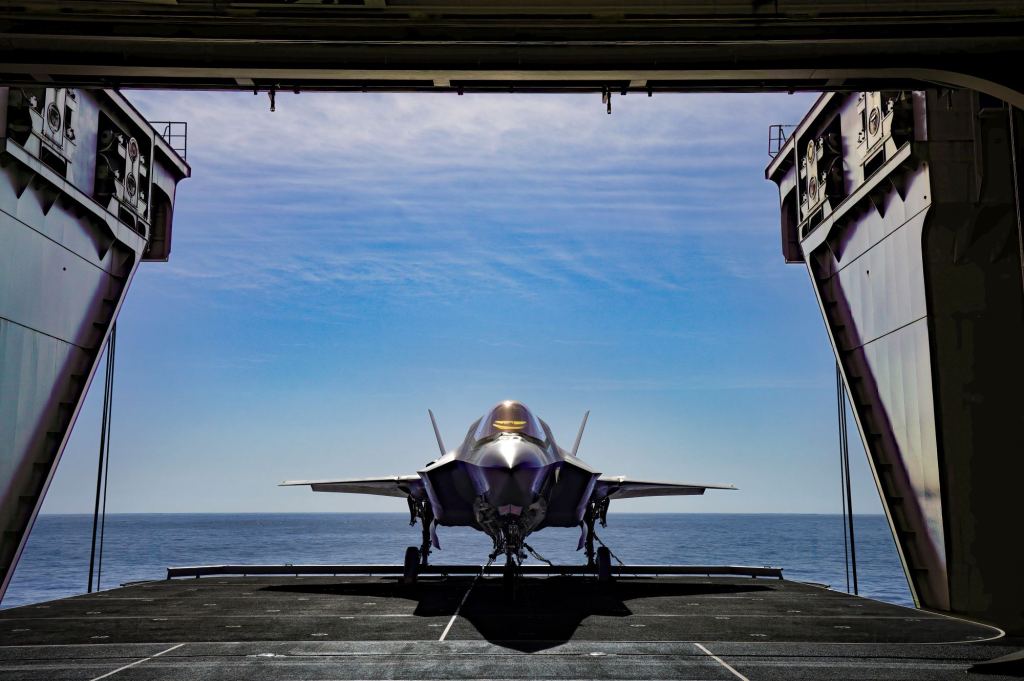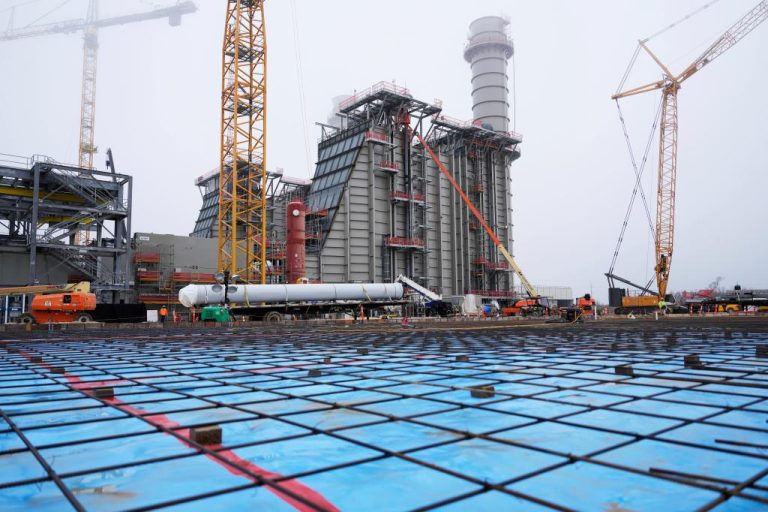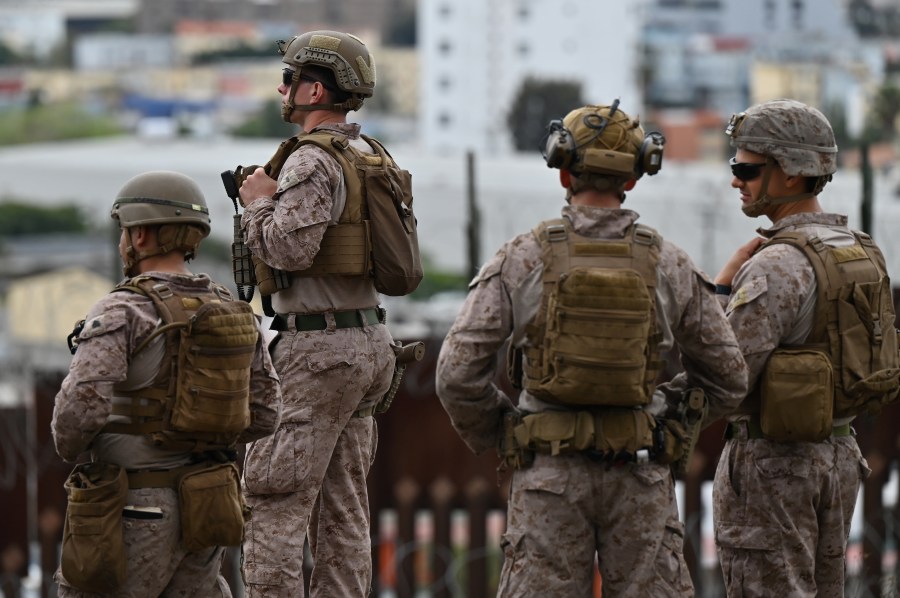
With an ear-splitting roar, a Marine F-35B fighter jet bolted off the deck of an aircraft carrier west of San Diego on Wednesday, wrapping up historic sea trials meant to ensure that the U.S. has a tip top naval ally in the Indo-Pacific.
It was a tactical thunder-clap years in the making.
The $1 billion carrier JS Kaga belongs to Japan, which is adding fixed-wing aircraft to some of its ships for the first time since the end of World War II. Japan is buying dozens of the jets to better defend itself, inching away from its mostly pacifist postwar stance.

It’s being guided by the U.S., which needs help keeping international sea lanes open in the Indo-Pacific.
In recent weeks, American pilots have been landing and taking off from the 814-foot Kaga to evaluate whether the jets are compatible with the carrier, whose design is different in some ways from those of U.S. flat-tops. It is a step toward fully turning over the $102 million F-35Bs to Japan, which is once again seeking air superiority.
The aircraft are built in the U.S., which has been helping bolster Japan’s navy for years so that the two countries can jointly exert muscle, when needed, and not just for keeping marine trade routes open. The U.S. has pledged to come to Taiwan’s aid were China to invade, and it would likely ask Japan for help if such a thing came to pass.
But Japan has not committed to coming to the aid of the U.S. in a major confrontation.
It’s a sensitive diplomatic issue that led U.S. and Japanese military leaders to deliver unspecific, tightly scripted messages Wednesday while briefing journalists on the Kaga.
The San Diego Union-Tribune asked Vice Adm. John Wade, commander of San Diego-based Third Fleet, whether the F-35Bs Japan is getting would be a big force multiplier were they needed to help the U.S. Navy deal with a confrontation in the South China Sea.
“I won’t speculate on what could … happen,” Wade said. “Again, we are in a position of strength by being strong together, working and operating, understanding our tactics and procedures. And we’re also better prepared in case there is a crisis or a conflict.”
His counterpart, Japanese Vice Adm. Yoshihiro Goka, struck a similar note. “We are making sure the relationship between the Japanese Maritime Self-Defense Force, the U.S. Navy and U.S. Marine Corps is the strongest it’s ever been,” he said.

The F-35B testing off San Diego comes at a crucial moment for Japan, which is in the midst of a major reorganization of its military forces, particularly its Navy.
The island nation has long had a maritime self-defense force. But the country’s leaders have sought to have a more modern and potent presence at sea as tensions with China have continued to grow.
The Kaga was built as a helicopter-laden destroyer. But it was recently converted into a carrier so that it also can accommodate long-range F-35Bs, short take-off and vertical landing aircraft that would reduce Japan’s reliance on land-based jets.
The aircraft can carry a variety of missiles and bombs and can travel 1,200 mph, and it is widely known for its stealthiness and ability to perform a variety of missions.
Wade alluded to the need for such features.
“We live in a dangerous, complex and rapidly changing world. And our security interests and those of our allies and partners are increasingly challenged across the globe,” he said.
Even so, it’s too early to know if the aircraft is a perfect fit for Japanese carriers. Among other things, analysts are examining whether the physical design of the Kaga ensures that F-35Bs can handle wind and sea changes safely and acceptably. The jets are an enormous investment, costing more than $33,000 simply to operate for one hour.
The Kaga is nearly 280 feet shorter than American carriers. But its smaller size doesn’t appear to be an impediment.

“We have not seen any reason to believe, at least at this point, that there would be any negative effects with respect to the size of the ship,” Marine pilot Maj. Zach Laser told reporters on Wednesday.
The test flights have occurred far offshore. But the public, at least from shore, may be able to get a glimpse of the Kaga this weekend during Fleet Week. The carrier is scheduled to visit Naval Air Station North Island before it returns to Japan.






